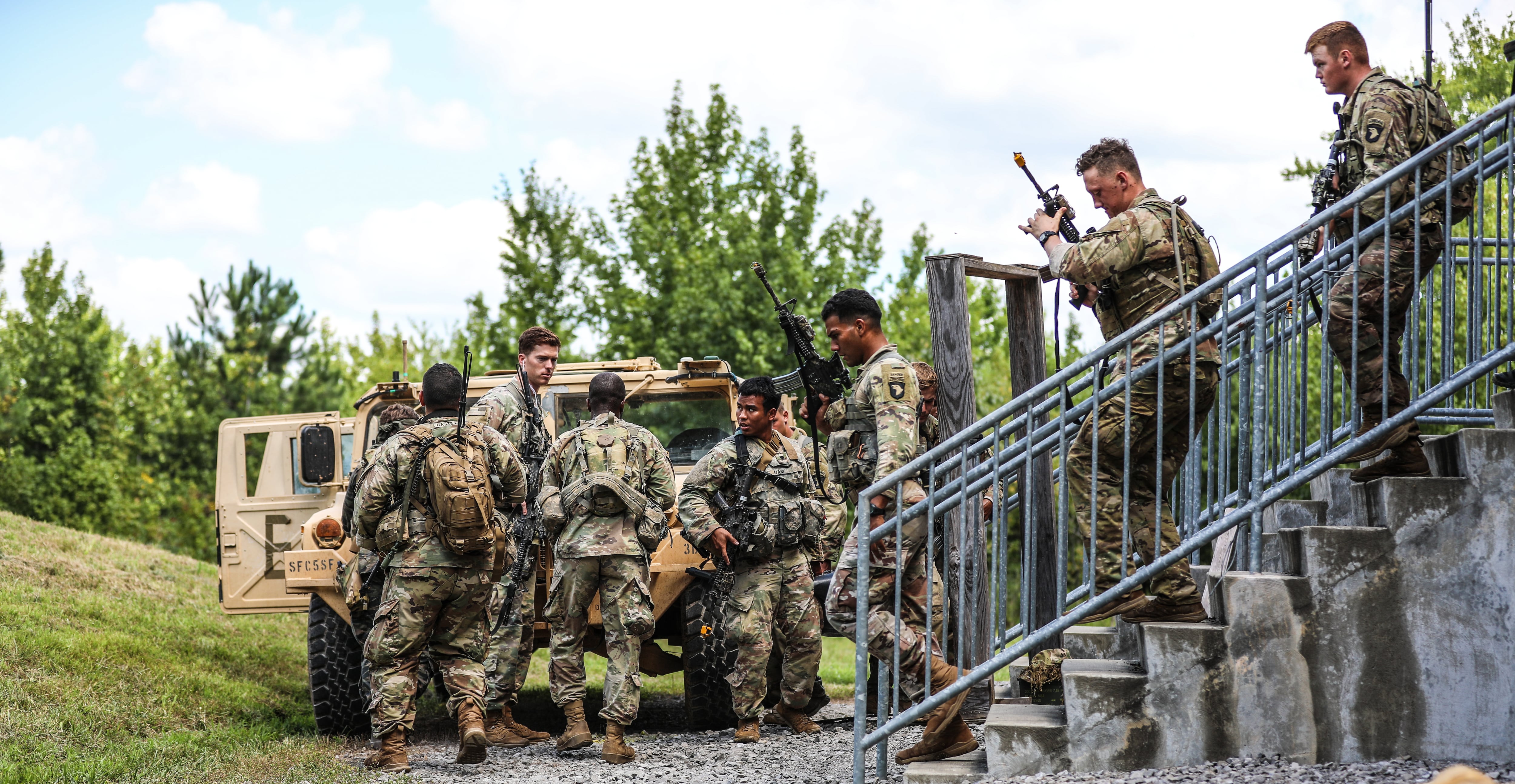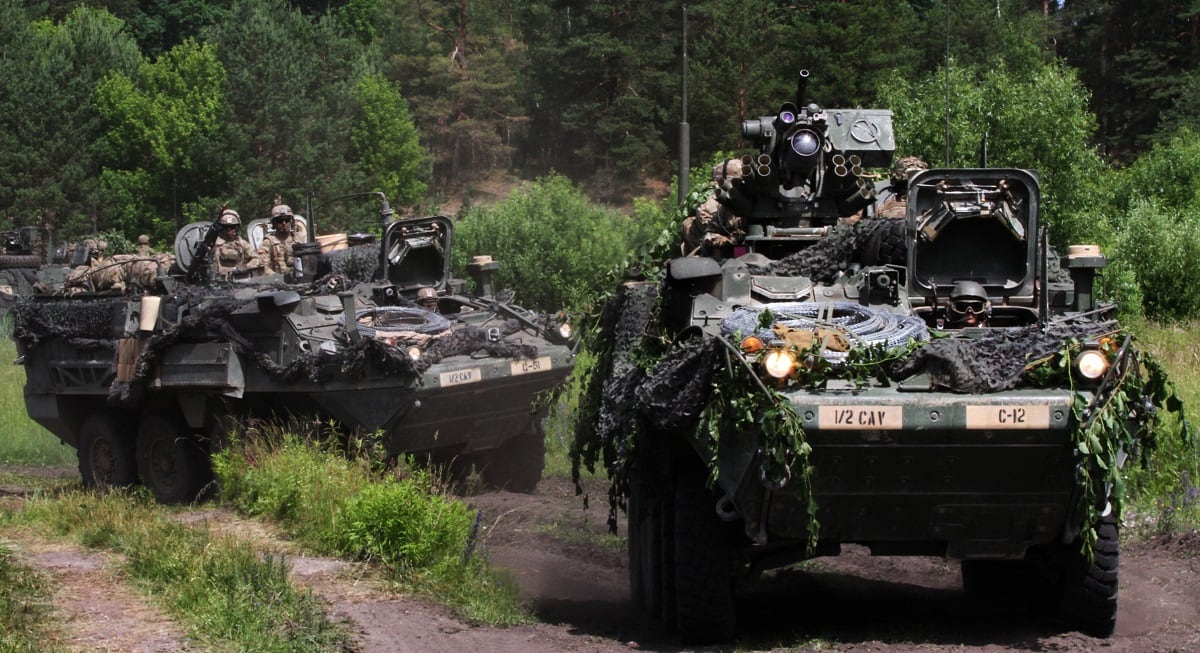The Army is adjusting its Combat Training Center rotation calendar, which will immediately impact soldiers from the Washington National Guard, as the response to the novel coronavirus upends life across the force.
Washington state’s 81st Stryker Brigade Combat Team is now available to the governor to respond to the current situation there, Army headquarters officials said Wednesday.
“At this time, adjustments to training schedules are not yet determined," said Army spokeswoman Cheryle Rivas. "We will continue to monitor the effects of COVID-19 and will make adjustments as conditions change.”
The death toll from the coronavirus in Washington surpassed 50 on Tuesday, as the state has been one of the worst hit in the country from the spread of the illness.
Washington Gov. Jay Inslee said in a live news briefing Tuesday that he has been talking with Defense Secretary Mark Esper to obtain military resources to stand up makeshift hospitals as the number of coronavirus cases rises.
“I would predict that we are going to be getting real help from the Department of Defense, and that that will be necessary,” Inslee said. He added that resources the state needs includes hospital beds, ventilators, masks and gloves.
The Army’s adjustments highlight another challenge the service faces as it shifts planned rotations at the National Training Center at Fort Irwin, California, the Joint Readiness Training Center at Fort Polk, Louisiana, and the Joint Multinational Readiness Center at Hohenfels, Germany.
RELATED

“Although we are adjusting the training calendar, the Army Combat Training Centers [CTCs] will continue to focus on improving unit readiness by providing highly realistic, stressful, joint and combined-arms training across the full spectrum of conflict,” said Lt. Gen. Charles Flynn, deputy chief of staff of operations, plans and training.
The Army budgeted to conduct 25 brigade rotations through CTCs this fiscal year, as well as 24 rotations in fiscal 2021, which begins in October.
CTC rotations are designed to create brigade-level training exercises for armored, infantry and Stryker brigade combat teams as part of the Army training model.
“Army senior leaders are analyzing different options to determine how best to ensure that units continue to have the premiere collective training opportunity that a Combat Training Center provides,” Rivas said. “Our first priority during this time is protection of the force, but we continue to do what we can to ensure we sustain combat readiness to meet combatant command requirements.”
The adjustments reflect struggles Army units are facing across the force, as they juggle how to combat the spread of the coronavirus among personnel with continuing to maintain readiness for missions across the globe.
Roughly 60 percent of combatant commanders’ force requirements in theaters like the Middle East, the Indo-Pacific and Africa are filled by the Army.
In just one microcosm of the larger issue, leadership at the 101st Airborne Division said Monday night that they need to continue training at various ranges on base amid the viral pandemic.
The division is facing aviation unit rotations to Afghanistan this summer, contingency response duties this fall for two brigades, homeland missions at the souther U.S. border and a force protection role in Africa for a roughly battalion-sized element. Taking time off from training at home-station could limit the division’s readiness for those responsibilities, 101st leadership said.
Kyle Rempfer was an editor and reporter who has covered combat operations, criminal cases, foreign military assistance and training accidents. Before entering journalism, Kyle served in U.S. Air Force Special Tactics and deployed in 2014 to Paktika Province, Afghanistan, and Baghdad, Iraq.





